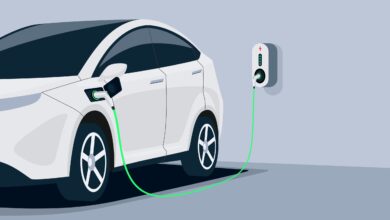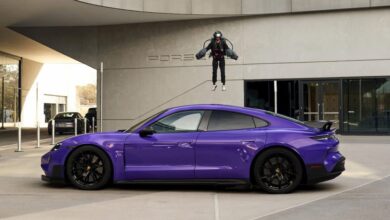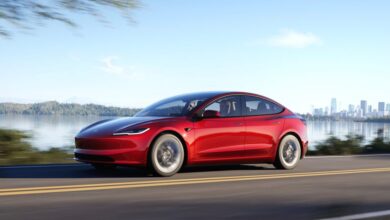Saka Adds $100 Million to Transportation Levy for Sidewalks, Freight, EV Charging
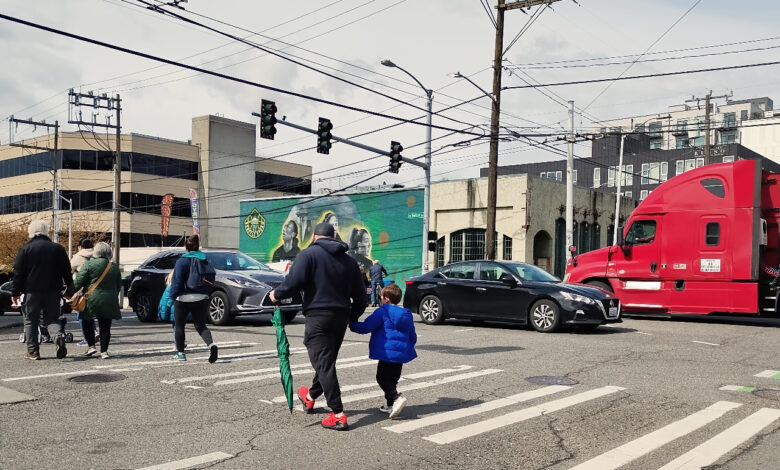
Seattle City Councilmember Rob Saka (D1, West Seattle), chair of the subcommittee tasked with approving a renewal of the city’s transportation levy, has introduced an amendment that adds another $100 million onto the proposal forwarded by Mayor Bruce Harrell. With this change, the grand total set to be collected over eight years would increase to $1.55 billion, which works out to just over $193 million per year. The changes Saka proposed are mostly additive, leaving in place nearly all of the Mayor’s spending priorities but adding funding onto several categories, with the biggest add being $63 million more for the city’s new sidewalk program.
Saka’s amended proposal also includes another $20 million for freight programs, as requested by the city’s freight advisory board and the Seattle Metropolitan Chamber of Commerce, and an added $10 million for additional electric vehicle (EV) charging infrastructure in the city’s public right-of-way.
The only program to see a reduction in Saka’s proposal is the new “Neighborhood-Initiated Safety Partnership Program,” which he proposes to cut from $41 million to $25.5 million. The program is set to take the place of the existing Neighborhood Street Fund and similarly allow community members anywhere in the city to suggest transportation improvements, with Seattle Department of Transportation (SDOT) officials ultimately selecting which projects to fund.
Saka takes $7 million cut from the safety partnership program and transfers it to the District Project Fund, which is set aside for each of the seven district councilmembers, empowering them to dictate which projects to fund within their districts. Harrell had already intended to fund this program to the tune of $14 million. Saka’s increase would bring each district-based councilmember’s share of the slush fund to $3 million over the life of the levy.
The updated proposal also doubles, from $7 million to $14 million, the amount to be spent on Safe Routes to School projects, just as Seattle Public Schools announces plans to close approximately 20 of its elementary schools by the start of the 2025-2026 school year. Saka also increases the amount to be spent on public transit security from $3 to $9 million, while at the same time narrowing the program’s focus, which could previously have included environmental improvements like increased lighting at transit stops, to only allow spending on personnel.

Finally, the proposal would spend an additional $1 million on auditing services for planned levy spending, and $1.5 million for outreach efforts allowing Seattle residents to take advantage of existing property tax exemptions.
Saka’s proposal wouldn’t increase spending on either road or bridge maintenance, even after his office conducted an open survey suggesting those are top priorities for respondents, which numbered more than 1,800 who mostly said they live in West Seattle. Harrell’s initial proposal already proposed major investments in both categories, and would for the first time set up a levy-funded preventative bridge maintenance program. EV charging and freight were identified as the lowest priorities for funding by respondents of Saka’s survey.
If the $1.55 billion levy is ultimately approved, Seattle would be set to see an increase of over 120% in annual levy-funded spending on new sidewalks, putting to the test the SDOT’s ability to deliver new sidewalks as quickly as possible. Between April and May, the Harrell Administration already announced a plan to double new sidewalk construction, accomplishing the goal of building 250 blocks of new sidewalks and pathways in the first four years of the levy. In contrast, the current levy took nine years to reach that goal. Levy dollars only account for around half of the city’s overall funding for new sidewalks, but this $126 million should be enough to get to 250 blocks all on its own, based on the average cost of around $500,000 per block that has been seen in recent years.
Saka also proposes setting minimum spending levels, adding guardrails around a transportation levy that has fewer direct commitments than the 2015 Move Seattle Levy. Arterial maintenance spending can’t fall below $350 million between 2025 and 2032, nor can bridge spending go below $221 million. Sidewalk spending would have to clear $126 million in that time, and at least $27 million would need to be spent on electric vehicle chargers.
Overall, the focus on completing the sidewalk network has overshadowed the city’s traffic safety issues, with some members, including Saka, seeming to conflate the two important issues. “City-wide, approximately 27% of our roads in Seattle do not currently have sidewalks. Sadly, in District 1, more people are killed or seriously injured on our roads than in any other Council district,” Saka wrote in his constituent newsletter last month. “We need to more urgently address our Vision Zero goals, close the missing sidewalk gap, and protect our most vulnerable users by adequately investing in new sidewalks and proven Vision Zero strategies.”
Most of Seattle’s fatal traffic crashes happen on wide, high-speed arterial streets where sidewalks already exist, but people walking, rolling, and biking must contend with dangerous crossings, with the epidemic of motorist speeding exacerbating the problem. Saka’s District 1 sees the highest rate of fatal crashes due to the prevalence of dangerous roads in SoDo and Georgetown, a feature that district shares with neighboring District 2 and streets like Rainier Avenue and MLK Jr Way S. Just 20% of the locations where pedestrians were killed on Seattle’s roadways between 2015 and 2022 were streets that had just one travel lane in each direction.
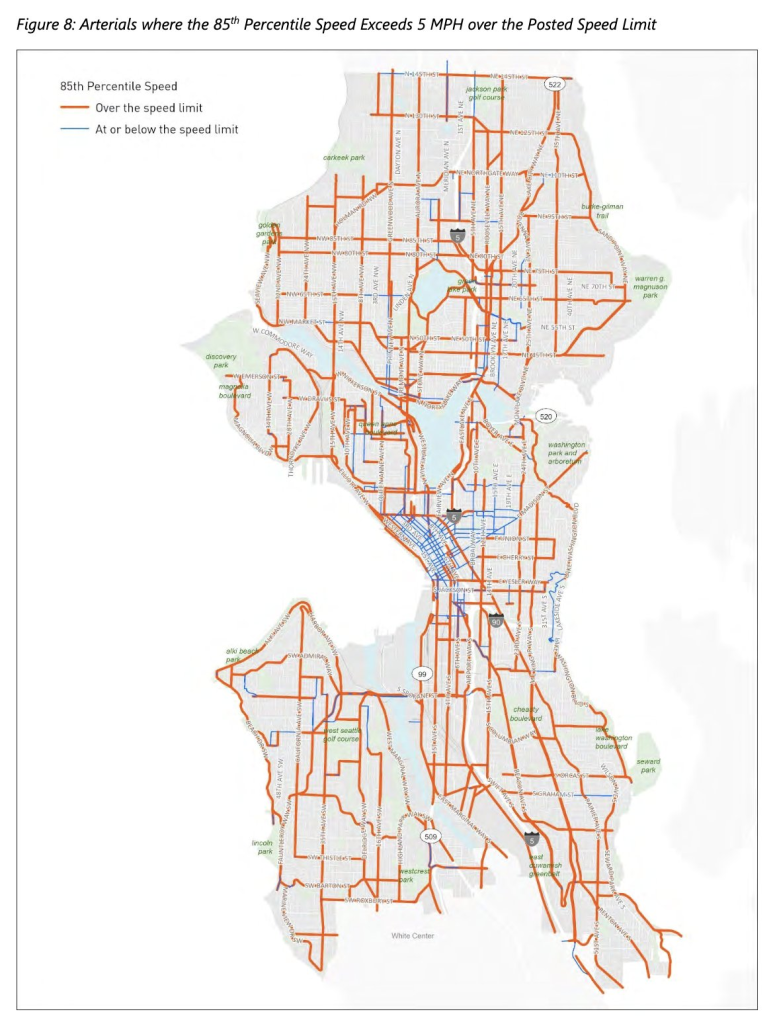
In the wake of a Memorial Day week with six separate fatal traffic crashes in different corners of the city, including three pedestrians killed by drivers, the transportation advocacy group Seattle Neighborhood Greenways issued a call for the levy to focus more on safety, pointing to an independent scientific poll that showed strong support for a $1.9 billion levy when respondents were told what the dollars would be spent on.

“While investigations into each case are ongoing, what can be said now is that we are not making sufficient progress on Seattle’s Vision Zero goal, to eliminate fatal and serious injury collisions,” Seattle Greenway’s Josh Holland wrote last week. “At Seattle Neighborhood Greenways, we believe the next transportation levy, which will be on the Seattle November 2024 general election ballot, must take bold steps to invest in safe streets improvements to get this safety crisis under control.”
The council is holding its final official public hearing on the levy proposal on Tuesday at 4:30pm. However, the council will be accepting public comment at both the June 18 committee meeting, where they’ll review amendments submitted by councilmembers, and at the July 2 meeting, where they’ll take final votes on amendments and the overall proposal.
Ryan Packer lives in the Summit Slope neighborhood of Capitol Hill and has been writing for the The Urbanist since 2015. They report on multimodal transportation issues, #VisionZero, preservation, and local politics. They believe in using Seattle’s history to help attain the vibrant, diverse city that we all wish to inhabit. Ryan’s writing has appeared in Capitol Hill Seattle Blog, Bike Portland, and Seattle Bike Blog, where they also did a four-month stint as temporary editor.


